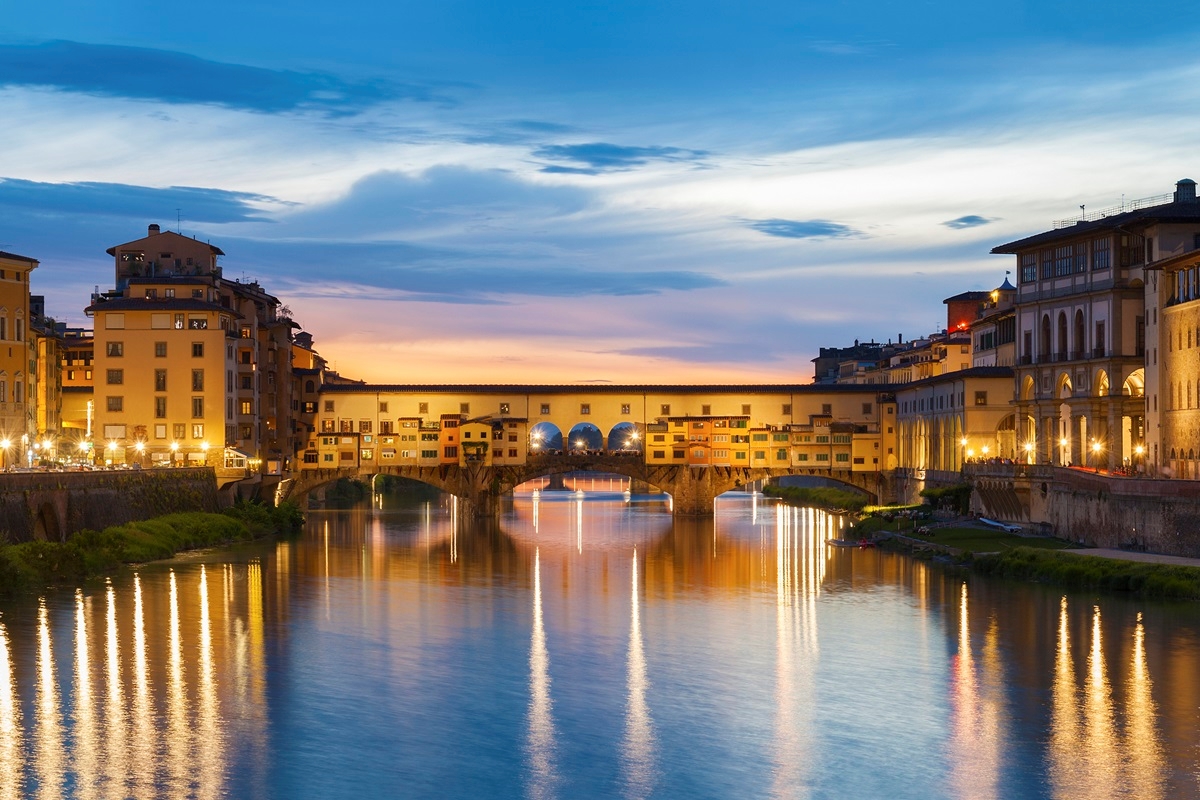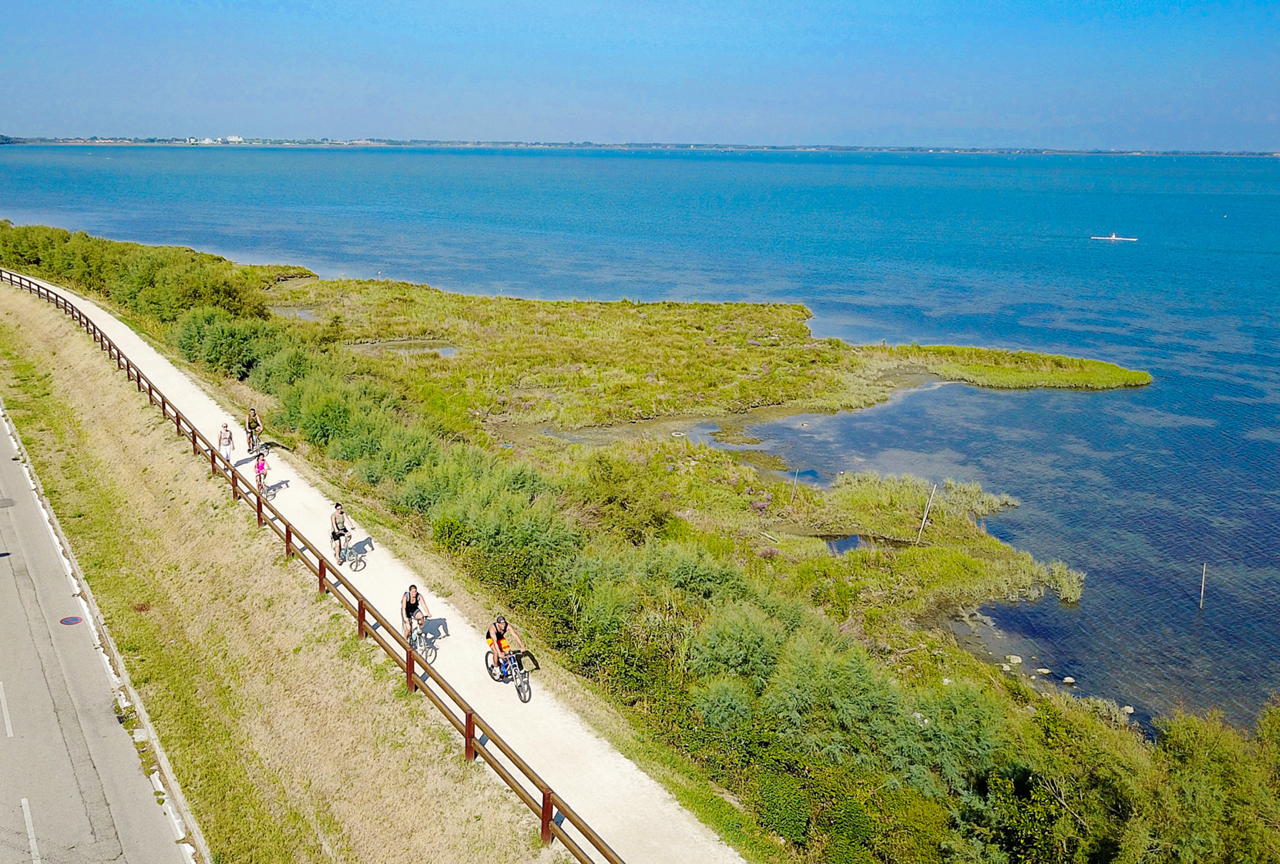THE Great women's tour of Tuscany begins again with a new journey to discover the feminine excellence of the region and the places that represent them. We start from Florencecradle of Italian fashionwhose roots go back to the Renaissance and those artisanal excellence who exalted its beauty and harmony and of which Florence is the undisputed capital. In the workshops and in the perfection of these precious objects and accessories, we find the embryo of “made in Italy” so admired throughout the world.
In the 19th century, Florentine accessories and in particular hair they became icons of haute couture, especially thanks to the massive presence in Tuscany of Anglo-Saxon women, who, driven by their innate passion for hats, appreciated their precious work. The most popular hairstyle was the straw one, known as the Livornothe English version of Livorno because large quantities left its port to reach various destinations in Europe and the United States.
This humble straw, woven by the “trecciaiole”, took the most disparate forms in Florentine workshops to land on crowned heads and the protagonists of the international jet set. Today, with the Women's Grand Tour, we returned to the origins of these glories, to rediscover the undisputed wealth of knowledge transmitted by braiders, seamstresses and milliners. It is transmitted by women as Angelita Benellipresident of “Domenico Michelacci” Straw and Weaving Museum of Signa, on the outskirts of Florence, o Cristina Pieraccioli and her mother Liana, Florentine milliners. We went to meet them for you.
READ ALSO: Women's Grand Tour: journey to the heart of Tuscany – Part one
Angelita Benelli and the Straw and Weaving Museum
Straw is still one of the most used materials for making hats today, but in Florence the tradition has its roots in a distant era, which made the neighboring territory of Signa from 1700 to the 1950s, shaping its economy indelibly. Suffice it to say that the railway here was built by Leopold of Lorraine precisely to facilitate and encourage the straw trade, and to export Signesi hats, also known as “Florence straw hats“.
There is also another aspect that characterizes the history of Signa and its economy centered on straw: it has always been afemale economy. The braiders were numerous and often rich, to the point that a woman, who normally needed a dowry to get married, was exempt if she devoted herself to this profession.
Angelita Benelli, an accountant by profession, remembers: “The interest in straw and the economic activities it generates in the region was born during my university studies – she says -. In 1997 I created an association, with two women on the board of directors and around a hundred members, a third of whom were women, which transformed in 2017 into Straw and Weaving Museum. I almost consider him my third child and represent my creative side.”


The courageous story of trecciaiole, a legacy to pass on
Determined and determined, Angelita remembers the independent and strong-willed women who proclaimed the first attempt and they took to the streets to assert their rights, because after a long and prosperous period during which their activity was considered prestigious, it began to be underpaid. “At the time, 80% of Signa’s population did this work – he explains – and as a result they saw themselves devalued because of the competition. Already at that time, the first braids began to come from China. Cooperatives were then formed which lasted until the 1990s, when the hat began to become a slightly more obsolete object.”
However, the straw remained alive as a collective memory of Signa and continues today through the museum. “We transmit the memory to the students – says Angelita Benelli -. Through educational visits, children will be able to go back in time to the construction of the station, built thanks to the wealth of straw, or the history of the transition to rigid straw and how this evolution also influenced the landscape over time. But above all we say that braids will forever be icons of courage. »


In Florence, Ithe history of the hat in a women's workshop
From straw to hat crafts, one of Florence's historic workshops is Liane Fashion. A magical place, full of color and timeless class. After all, if at the beginning of the 20th century women's elegance was always complemented by a beautiful hairstyle, it was precisely thanks to this city. And from this city first Italian fashion showin February 1951, via dei Serragli, organized by the Versilia entrepreneur Giovanni Battista Giorgini, who marketed “made in Italy” particularly in the United States and who felt that exports could represent a driving force for the emerging economy.
READ ALSO: Tuscany: the new women’s Grand Tour
Twenty years later, a young Florentine couple who worked in a luxury costume jewelry store for brides decided to take over the business where they worked, adding other accessories to the sale: flowers and then hats. “This is how Mode Liana was born, named after the owner – says her daughter Cristina Pieraccioliwho adds – My mother has always been a real talent.”
We get lost in the extraordinary range of soft and bold colors and in the fabrics that take us back to atmospheres of the past. From straw, queen of headdresses for centuries, to organza and velvet. “My mother wanted me to become milliner – explains Cristina – that is, the one who makes the hat from a sample, then makes many changes. We realize the wishes of our customers, contact is essential as is advice. The work is carried out exclusively to measure, in an artisanal manner.”


Craftsmanship at the service of beauty
Certainly the fact that today it is less usual to wear hats except for the cold or to protect oneself from the heat has considerably reduced their production, but not the passion and enthusiasm of the two craftsmen: “Our end customer is mostly local and that’s what you generally need: straw for the summer and felt for the winter – continues Cristina -. Then there are obviously those who continue to love headwear to wear on special occasions such as ceremonies or to complete the elegance of a dress by combining color and style.
Regardless of how it is used, anyone who wears a hat should be able to feel comfortable: “We also grant wishes by making turbans to match the clothes of women undergoing chemotherapy – explains the milliner -. These are the only hats we would ever want to make, but certainly contribute in some way to the customer’s well-being.”
There historical reconstitution and the theater tailors they constitute the other segment of the clientele: Mode Liana also made hats for the La Fenice theater in Venice, for example. What remains inside when we leave this concentrate of magic, between curtains and sketches, is the feeling of beauty preserved as the historical memory of the city.
Info: Visit Tuscany
RETURN TO THE SPECIAL: Women’s Grand Tour in Tuscany 2024



